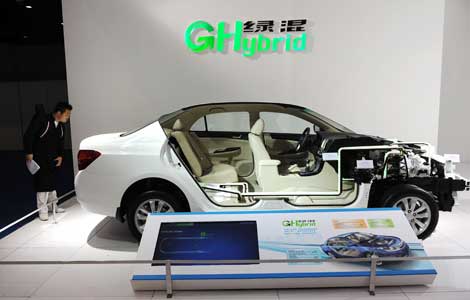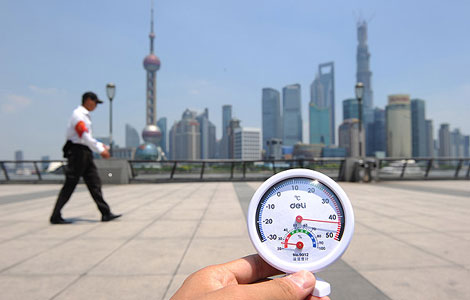Advantage of being a latecomer
Updated: 2013-08-07 09:20
By Justin Yifu Lin (China Daily)
|
||||||||
China needs to promote continuous technological innovation and industrial upgrading to further tap growth potential
After three decades of 9.8 percent average annual GDP growth, the Chinese mainland's economic expansion has been slowing for 13 consecutive quarters - the first extended period of deceleration since reform and opening-up was launched in 1979. Real GDP grew at an annual rate of only 7.5 percent in the second quarter of this year, though it is equal to the target set by the Chinese government at the beginning of this year. Many indicators point to further economic deceleration, and there is a growing bearishness among investors about the outlook for the mainland economy, and many are wondering if China will crash.
In fact, many other rapidly growing emerging economies have suffered - and worse than China - from the drop in global demand resulting from the ongoing retrenchment in high-income economies since the 2008 financial crisis. For example, GDP growth in Brazil has slowed sharply, from 7.5 percent in 2010 to 2.7 percent in 2011 and to just 0.9 percent in 2012, while India's growth rate slowed from 10.5 percent to 3.2 percent over the same period.
Moreover, many high-income newly industrialized economies with few structural problems were not spared the effects of the 2008 crisis. South Korea's GDP growth, for example, slowed from 6.3 percent in 2010 to 3.7 percent in 2011 and to 2 percent in 2012.
Given this, China's economic slowdown since the first quarter of 2010 has mainly been caused by external and cyclical factors. Facing an external shock, the Chinese government should and can maintain a 7.5 percent growth rate by taking counter-cyclical and proactive fiscal-policy measures, while maintaining a prudent monetary policy. After all, China has high private and public savings, foreign reserves exceeding $3.3 trillion, and great potential for industrial upgrading and infrastructure improvement.
Indeed, China can maintain an 8 percent annual GDP growth rate for many years to come, because modern economic growth is a process of continuous technological innovation and industrial upgrading. Of course, this is true for developed and developing countries alike. But developed countries differ from developing countries in an important way. Since the Industrial Revolution, developed countries have always been on the global frontier of technologies and industries, which has required them to invest in costly and risky indigenous research and development.
By contrast, technologies and existing industries in developing countries are in general well within the global frontier. As a result, they benefit from the "latecomer's advantage", in which technological innovation and industrial upgrading can be achieved by imitation, import, and/or integration of existing technologies and industries, all of which implies much lower R&D costs.
Most Viewed
Editor's Picks

|

|

|

|

|

|
Today's Top News
China vows to severely punish newborn traffickers
Sri Lanka suspends NZ milk powder imports
PV firms face risks despite EU deal
Small firms should also think global
China issues record fines to dairy firms
US, China trade deficit narrows
NBA courts Sina Corp
EC denies delay in telecoms probes
US Weekly

|

|













